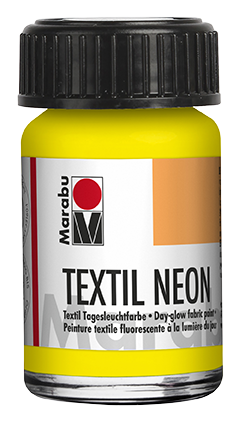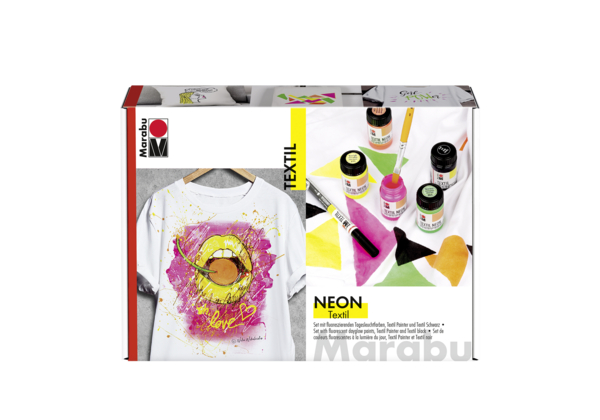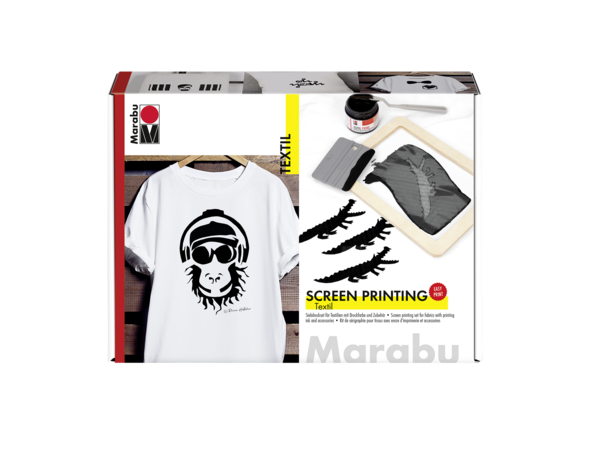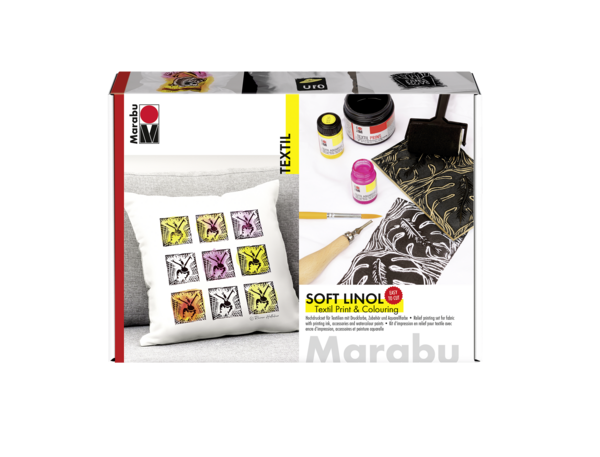Marabu Textil
medium blue 052, 50 ml
17160005052
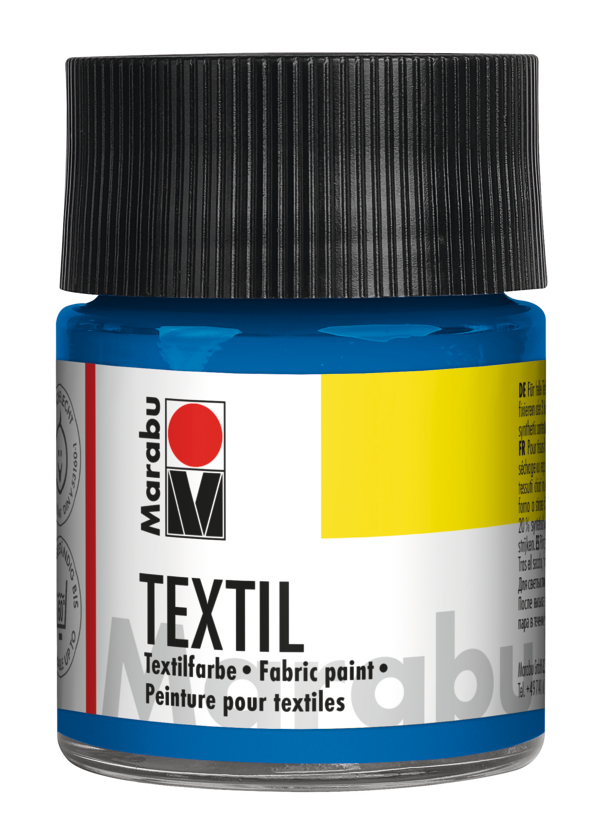

Universal fabric painting and printing paint for all light-coloured fabrics. Washable up to 60 °C. Water-based. Particularly soft to the touch. Especially suitable for fabric painting and fabric printing. Fixing with an iron or in the oven.


